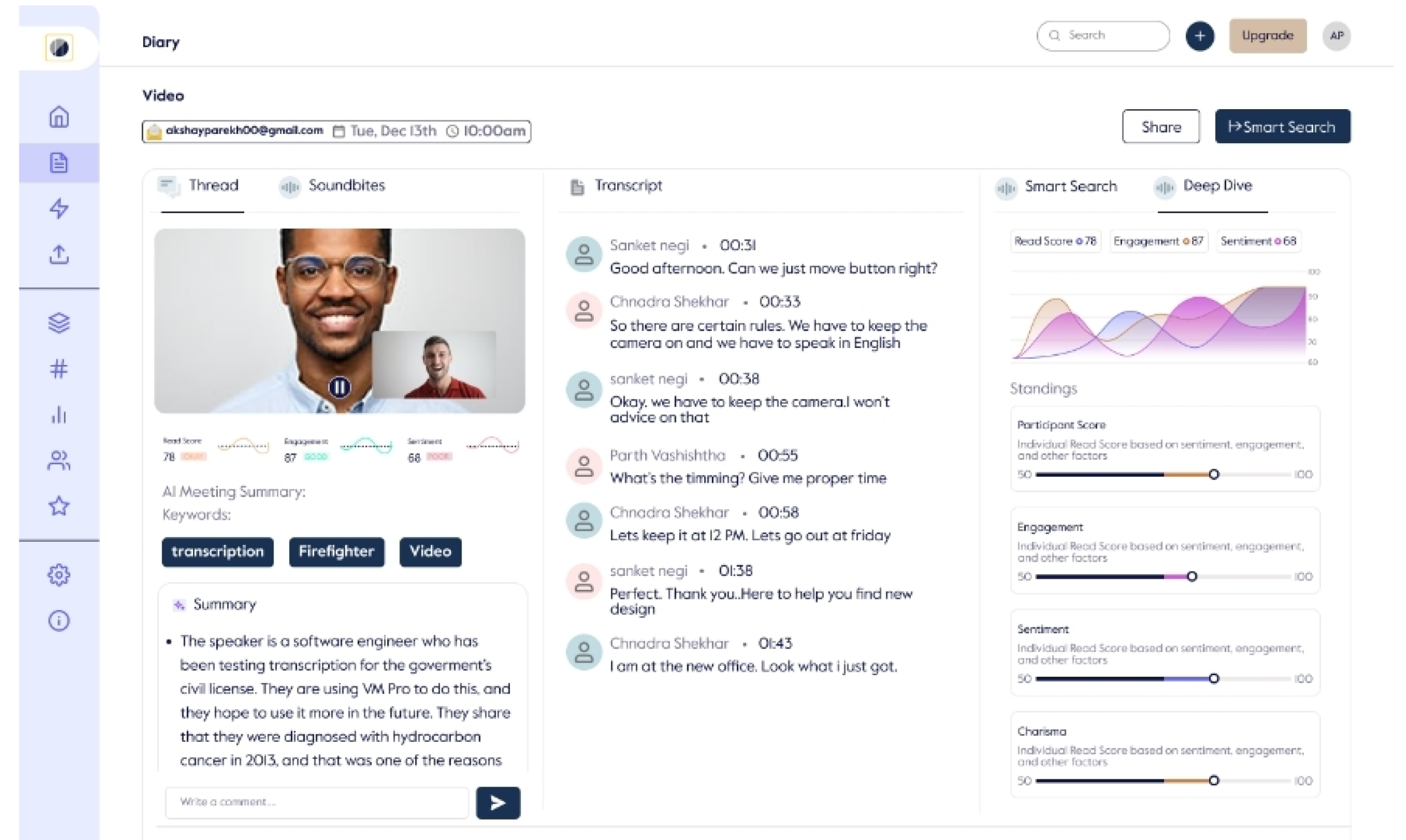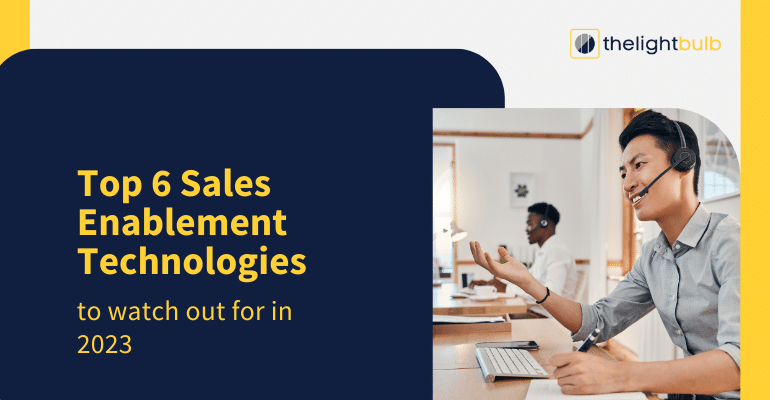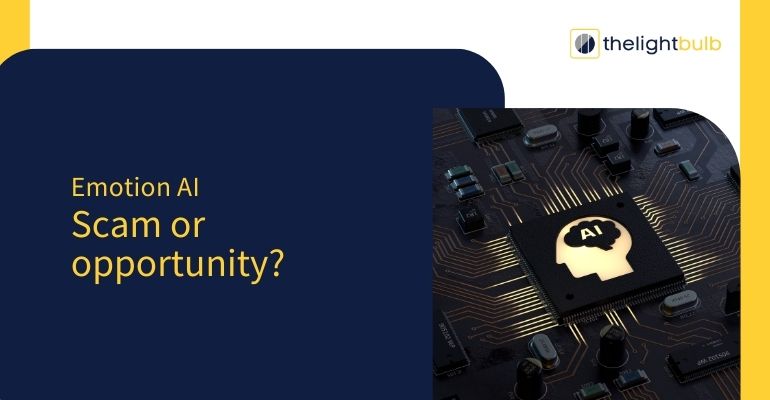
Make Every Minute Count: How Meeting Analytics Transforms Virtual Collaboration
You will agree when I say most meetings are boring and let’s be real, most people are just chilling or having a snack behind that webcam (that’s precisely why meeting analytics is important) unless it’s a one-on-one professional meeting with your manager to discuss your appraisal.
Anyways, since such scenarios exist, a problem stems from them. One that plagues every corporate environment in the world. People miss out on important stuff from a meeting because a) They were too busy munching on their favourite snack or b) They were too busy taking notes.

So what do you do when that happens?
Well, you can revisit an hour-long recording of the meeting (if the session was recorded in the first place) or you can review your notes which may or may not have what you’re looking for.
What if you had a proxy that was taking notes for you and could offer you a meeting summary, voice transcript of highlights, and meeting notes right after the meeting?
While this sounds like magic, it’s not. There are AI-based meeting analytics tools that use advanced AI tools like natural language processing, voice transcription, eye tracking, and speech transcription to analyse and record meetings and offer insights.
This blog is all about how meeting analytics tools can boost your teams’ productivity with AI-based insights.
What are Meeting Analytics Tools?

Before we can go ahead and understand what meeting analytics tools are, let’s first look at what meeting analytics stands for as a concept. Meeting analytics refer to the process of collecting and analysing data related to business meetings to gain insights into their effectiveness, efficiency, and overall impact. This data-driven approach involves tracking various metrics and KPIs associated with meetings to assess how well they are being conducted and how they contribute to the organisation’s goals.
These insights could include information about attendee participation, frequency of meetings within different divisions, and opportunities for improving the efficiency of meetings. Moreover, meeting analytics can involve gathering feedback from participants, which can help identify what aspects of the current meeting structure are working well and what areas need improvement.
Now, since AI as a technology has penetrated every other aspect of human lives, it’s natural that there are AI-based meeting analytics tools that have penetrated the corporate space and have facilitated richer meeting insights thanks to advanced AI tools that conduct multi-faceted meeting analysis.
Simply put, the tools that facilitate meeting analytics using AI subsets are called meeting analytics tools.
Benefits of Using AI-Based Meeting Analytics Tools
AI-based meeting analytics tools offer multiple core benefits over traditional meeting analytics tools. Some of them are mentioned below:
- Meeting analytics tools offer instant summaries of meetings highlighting key points, decisions, action items, and discussions that took place during the meeting. Such summaries serve as a quick reference for participants to recall important information without needing to sift through lengthy meeting recordings or notes.
- AI-powered meeting analytics can automatically identify and extract important moments from video recordings of meetings. This includes segments where critical discussions, decisions, or presentations occurred while also offering a concise way for participants to review and share the most relevant parts of the meeting, improving information retention and facilitating efficient knowledge sharing.
- Meeting analytics tools allow recording and playback of meetings for participants who couldn’t attend a meeting. Moreover, even those who were present can revisit the meeting to review details, ensuring accurate recall of information and decisions.
- Meeting analytics offers insights into historical meeting data, such as which time slots are most commonly used for meetings or which days have higher meeting frequencies which can help in scheduling meetings at convenient times minimising conflicts and optimising attendance.
- Meeting analytics tools can transcribe spoken content into text, creating accurate and searchable transcripts. Transcripts are valuable for participants who may want to quickly reference specific discussions or decisions. They also improve accessibility by catering to individuals who prefer reading or have hearing impairments.
- These tools can also identify action items assigned during meetings and extract key questions raised, helping track holding participants accountable for their commitments, and ensuring that important questions are addressed in subsequent discussions.
- Meeting analytics tools provide a centralised platform to manage all aspects of team meetings. This includes scheduling, attendance tracking, content sharing, and collaboration on meeting documents. Having a comprehensive tool for meeting management promotes consistency, enhances team collaboration, and streamlines the overall meeting process.
How Meeting Analytics Revolutionizes Remote Interactions

One of the most underrated features of these tools is their ability to analyse pre-recorded meetings or remote interactions. This is especially useful for sales executives trying to close deals using remote sales meetings because now they have the option of running these meetings through an AI analytics tool and uncovering pivotal insights like “What are the keywords that the client reacts to?” “What insights does the client react positively to?” or “How does the client react to certain features of the product on offer?”.
Once the sales rep gets these questions answered by the analytics, they can easily target the areas that garner positive responses from the client and close deals more quickly. Moreover, you can also track regular business meetings and store AI-generated meeting summaries for individuals who weren’t able to join the meetings or for training and educational purposes.
These AI models are encoded with machine learning techniques that allow them to stay on the learning curve while performing their functions. This means that the AI models governing these insights get smarter with every meeting they track and analyse. With every round of analytics, the insights get richer and so do the quality of decisions driven by these insights.
Pros and Cons of Using AI-Based Meeting Analytics Tools
Pros
- You can schedule meetings on a calendar and the tool can automatically join meetings without you having to do anything
- Record meetings automatically with AI-generated transcripts and meeting summaries
- Analyse meetings in multiple languages
- Shift your attention to focus items and actionable insights instead of lengthy transcripts
- Upload and analyse pre-recorded meetings
- Integrate meeting analytics with the existing tool stack to boost productivity
- Works with most video conferencing tools like Google Meet, Zoom, and Skype
Cons
- May be expensive based on the tool you pick
- Some meeting analytics tools only analyse speech and are incapable of processing video inputs
- Employees might take some time to get used to the tool
Conclusion
In a world where meetings often lack engagement, one can miss out on essential information. That’s where meeting analytics tools emerge as a reliable solution. These AI-powered tools transform virtual collaboration by offering instant summaries, extracting key moments, and transcribing discussions.
They enhance accessibility, aid accountability, and streamline meeting management. These tools have revolutionised remote interactions, offering insights that empower meeting participants. While there are some drawbacks like cost and a learning curve, the benefits of better decision-making, efficient communication, and improved productivity far outweigh these concerns. Embracing meeting analytics tools is the key to unlocking actionable insights and making every minute count in the realm of virtual collaboration.
Why VM Pro is the Perfect Meeting Analytics Software

The meeting analytics tools in the market assist meeting participants by analysing voice and text inputs using regular AI techniques like voice and text analysis. VM Pro, however, goes the extra mile by leveraging emotion AI to enhance the overall effectiveness and utility of the insights in a more nuanced and sophisticated manner.
Virtual Meeting Pro is a flagship product from thelightbulb.ai, an advanced AI analytics tool that employs full-stack emotion AI (a subsection of AI-ML that can understand human emotions) to analyse pre-recorded and live interactions to help with sales enablement. It is a one-of-a-kind video-first emotion-sensing virtual assistant for analysing virtual meetings.
Employees can use these insights to identify the keywords, phrases, or pointers discussed in the meeting and double down on these areas to increase their productivity. In simpler words, VM Pro does everything a regular meeting analytics tool does and then it does more.
You can book a product demo right now to see how VM Pro works. Also, you can reach out to us on (Insert Mail) with your queries, we would love to accommodate all your questions.










